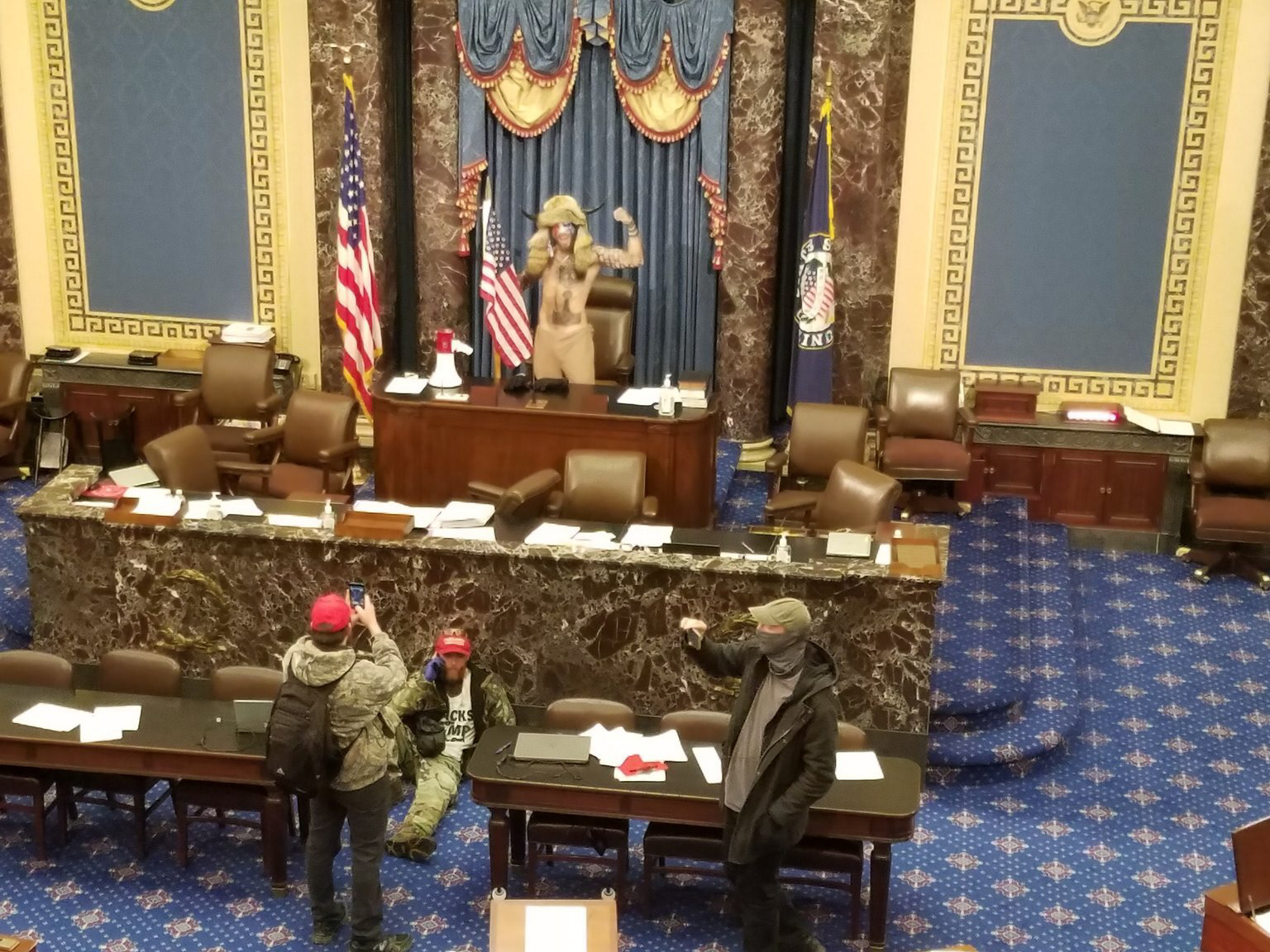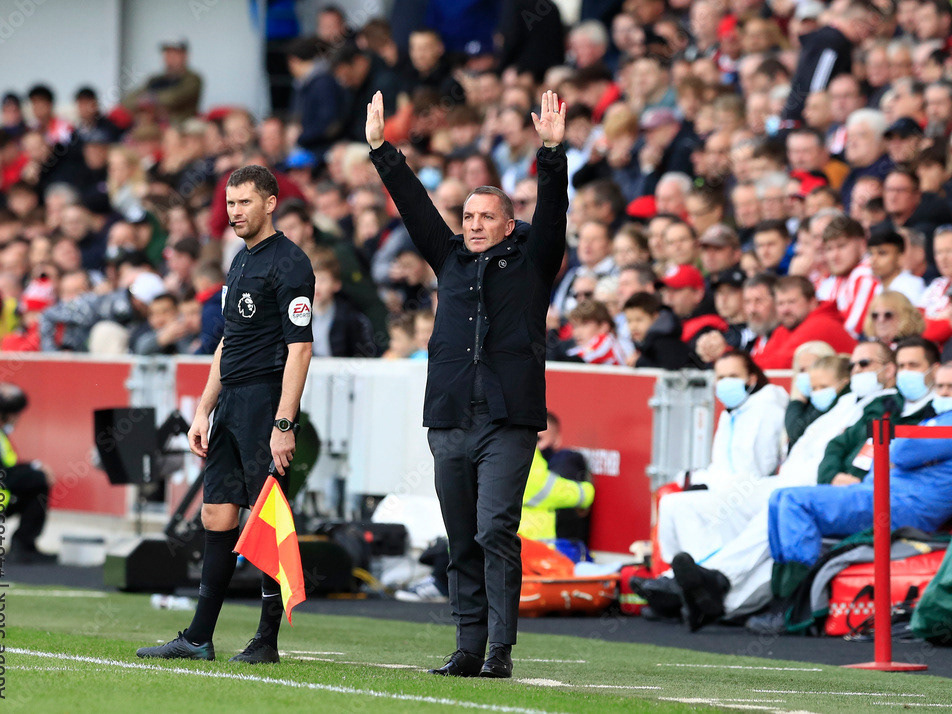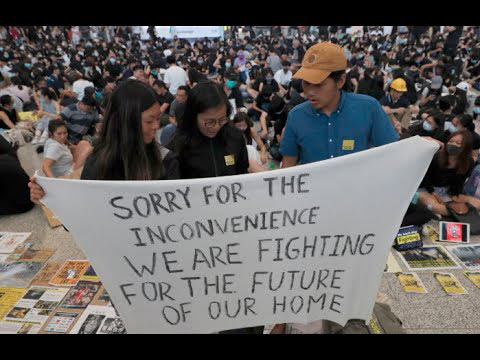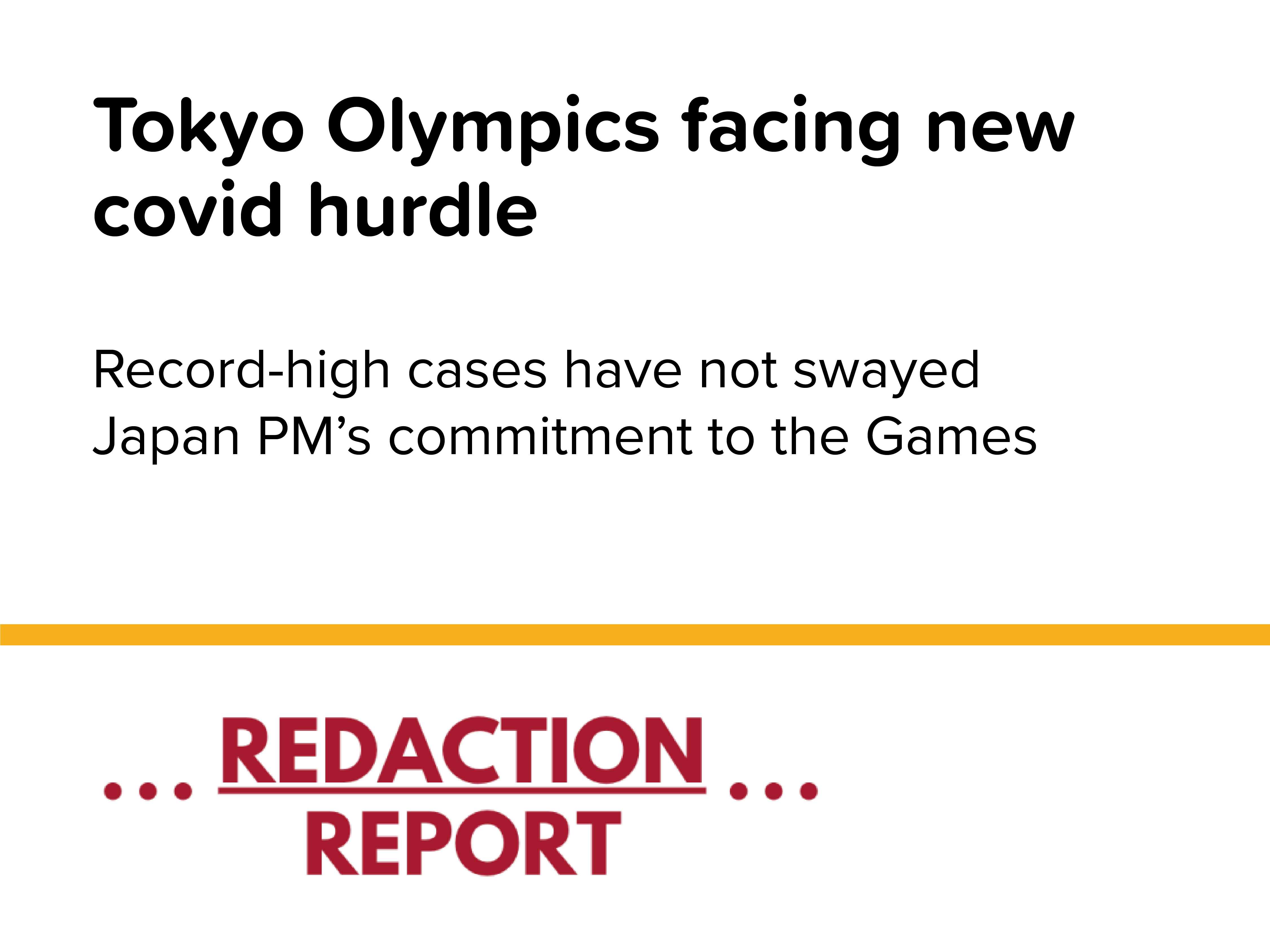In 1943, Japan microwaved its first rabbit of the second world war. Cooked under the scrutiny of fidgety generals and a flailing war effort, the creature’s cranium was turned from springy grey matter to lifeless cells in an agonising 10 minutes.
Japan was desperate to add technological bite to a military famed for its fanaticism when inspiration came from New York Times article. A gushing piece in 1934 outlined Nikola Tesla’s designs for a weapon that could “bring down a fleet of 10,000 enemy airplanes at a distance of 250 miles,” – the so-called Peace Ray. Japan was already reeling at the rapid mutation of the US economy and its swollen military when, fearing this latest leap in technology, they poured time, personnel and ¥2m into a sapping research programme.
Germany had already spent too much on greasing the meat grinder of the western front to indulge in expensive folly and Britain decried the electrical thirst of such a device “unfundable” – although the Air Ministry offered a prize of £1000 to anyone that could kill a sheep from a distance of 100 yards with “rays of some kind”. Japan persisted in developing the ray and production and funding from all industries was pointed towards bracing for the collision with the world’s premier power. The Diet had become so blinkered that they were in a state of total war long before 1939. And still the weapon was an expensive dud.
"The rabbit died after it was exposed to microwaves for ten minutes. A groundhog took twice as much time to die.”
“In the first trial, [codename] Ku-Go was put up against a rabbit at the distance of 98.4 feet (30 meters). The rabbit died after it was exposed to microwaves for ten minutes. A groundhog took twice as much time to die,” it was reported, “experiments involving monkeys were not possible, as the Japanese had problems finding one at that time.”
Two years later America would drop nuclear bombs on Nagasaki and Hiroshima, killing 200,000 people and ending Japan’s military power as they surrendered, recoiled, cut deals and burned over 8,000 documents. Among the paperwork destroyed were files that outlined the full extent of the Ku-Go ray programme and, more crucially, Japan’s attempts at beating America to the nuclear sucker punch.
“The Japanese, in fact, tried to make the bomb [and] got farther than the Germans did,” says Robert Wilcox in his book, Japan’s Secret War, “And certainly, as all the documents about their coming Defense of the Homeland indicate, the Japanese would have used the bomb in their defense had they been able.”
David Snell, a reporter for The Atlanta Constitution, wrote that Japan had developed and tested a nuclear bomb in Hungnam, North Korea. Japan and America swiftly distanced themselves from the report and denied the credibility of the Japanese source who spoke to Snell under the pseudonym Tsetusuo Wakabayashi; post-war talks were far easier to manage when the Japanese population believed its government incapable of nuclear war crimes and the Americans could keep their leverage.
70 years later and Japan is once again stealthily assembling its military at the behest of the USA. A week after President Trump was elected in 2016 he met with Japanese prime minister Abe Shinzo. It was clear that Abe’s concerns were economic from the off – he was looking to ratify the Trans Pacific Partnership that had waned during a US election year – but the Trump administration’s aims were more insidious. As much as the TPP would peg Japan as a trade pivot with the mercurial Asian market, America has since been more concerned with its function as a defence lynchpin.
America was pushing for remilitarisation in Japan as early as the 1990s, beckoning the Self Defence Force beyond Japanese borders and into American-led conflicts. In 1994 they succeed: the SDF fought alongside the US to establish peace in the Cambodian civil war – the first time Japanese soldiers had fought outside their country since 1945. Further involvement followed with “peacekeeping” missions for the UN and, in 2004, Japan’s involvement in a US-driven reconstruction of Iraq. The LDP and Abe’s defence strategy have dovetailed with the American line ever since as the military has once again been gathering momentum in the shadows.
On 27 March this year, amid growing shadows concerning the coronavirus pandemic, Abe announced spending increases of $46.3 billion to the national defence budget. Specifically earmarked is money for hypersonic anti-ship missiles, aircraft carrier upgrades and a fleet of US-built, $100m F-35 stealth fighters. The ¥2million spent on laser beams now looks paltry.
Typical Japanese sentiment has always shunned remilitarisation, but with the country braced for fear of “Tokyo becoming the New York” as the heart of the coronavirus crisis, the bill was allowed to pass with only cursory glances from the media. When Abe has defended his previous increases in, err, defence he has pushed the well-thumbed button with Kim Jong Un’s face on it. The line is simple: North Korea’s military growth can be attributed to two things, America and Japan. One as the all-pervasive force of capitalism in the world and the other as an extension of it, respectively. And a weak Japanese SDF (let’s call an army an army) allows for North Korea to add teeth to its barking. Wilcox argues that the foundations of the North Korean nuclear programme, the blinkers that have seen the country’s despot-in-chief sacrifice tens of thousands of lives, are the Japanese attempts to build the bomb in the 1940s; a good excuse for the Japanese government if the Frankenstein’s Monster they left on Korean soil could soon be turned against them.
The Frankenstein's Monster they left on Korean Soil could soon be turned against them.
In 2017 Japanese commitment to remilitarisation was put to the test. Trump criticised Abe’s lack of military spending and stated that the US would not “foot the bill for the world’s defences.” It needed its most powerful ally in the region to flex a little muscle and strengthen the nuclear umbrella.
And so Japan began its three-year mission to build a naval force that observers are saying is now as capable, and possibly superior, to any force in the region. Japan inaugurated its first marine unit since World War II in 2018, a rapid response unit ready for action anywhere in the region and the main bulk of this year’s spending has been directed toward sea power, too. A large proportion of which will give Japan its first truly modern aircraft carriers and gear them ready to carry the cutting-edge F-35s.
The thing is, North Korea doesn't pose a naval threat. A 2016 report from British intelligence deemed North Korea’s navy “antiquated,” consisting mostly of “Soviet-era hand-me-downs.” Japan has clambered out of pacifism, increased its military spending by 50% and ignored the will of 61% of it’s population by reinterpreting Article 9 precisely because, “It is China, not North Korea, that is the main concern,” said a Japanese official to the Asia Times.
Alongside the US, Russia, and of course China, Japan now possesses hypersonic missiles. The latest of which are designed specifically to threaten Chinese aircraft carriers, dodging their defences with complex flight paths. China’s strong emergence as an economical and military power has Japan shaking and when Abe passed the reinterpretation of Article 9 forbidding remilitarisation, Beijing was the staunchest of opponents. It is no surprise that the US backed the move: it allows Japan to jump to the aid of its allies and offer military level defence to their assets.
North Korea had played proxy to the big brothers of Russia and the USA as the Cold War heated up. Now, as America sizes up a new sparring partner, it is making sure that it keeps something of its home advantage by strong-arming Japan into supporting its campaign against China. Rhetoric has crumbled between the world’s two largest economies of late. Trump, while initially praising Xi Jinping for China’s handling of the crisis, has doubled down, increasing trade sanctions, pulling funding for the World Healthy Organisation over “China bias” and calling for independent enquiries into Ping’s failures. Icy relations have congealed to the point of a new cold war.
While few believe that the US can be matched in a global conflict, it is the dominion of the South China and Sea of Japan, along with the Indian Ocean, that this latest wave of military flexing is fighting over. Japan must be careful of its secretive rearmament efforts for the world is realising that it is doing little more than greasing the axle for a US swing at China. In Japan rabbits are seen as a symbol of progress. Their ceaseless movement forwards is an example of the good that can come through guile and luck. In plodding behind Trump in rearming east Asia, Japan is swiftly running out of both. Distracted by the US, that rabbit again looks likely to meet a sticky end.









